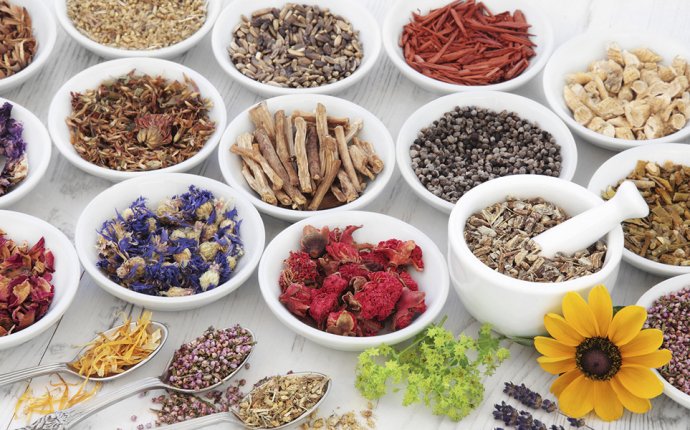
Ayurvedic Concepts
Ayurveda encompasses many concepts. It would require extensive study to discuss and understand them all. However, three concepts are so essential that you need to know them in order to be able to really comprehend Ayurveda:
- Gunas
- Dravyas
- Doshas
Gunas are qualities, dravya stands for the 5 elements and dosha represents movement. Together, they form the basis of three constitutions.
You will encounter the terms which are used for these constitutions – kapha, pitta and vata – everywhere in Ayurveda. Everything in Ayurveda is named based on these three terms: physical constitution, body functions, diseases, the parts of the day, the parts of the year and even the parts of a human life. Kapha, Vata and Pitta are, as it were, the basis of the language used by Ayurveda. Nutrition is also explained with the help of these terms.
What are Gunas in Ayurveda?
These are the qualities we can observe using our 5 senses: hearing (ears), touch (fingers), sight (eyes), taste (tongue) and smell (nose). This is about our first observations, without any interpretation being involved.
For instance, take a bunch of chervil. You see that it is nice and green, you feel it and it feels soft, with your nose you smell the aroma and with your tongue you taste its strong flavour. When you shake it, you hear the rustling. These are the qualities of chervil.
These qualities may change according to the circumstances. If you put the chervil in the freezer, the leaves will no longer be soft, but hard. If you throw the bunch into boiling water, you will notice how the colour, smell and taste change.
Observing qualities is essential to be able to make a diagnosis. This is done based on 10 qualities: weight, temperature, moisture, solidity, intensity, mobility, elasticity, clearness, texture and structure.
Weight, temperature and moisture are the most important ones.
How does this work in practice? When you see someone with a lot of wrinkles, dry skin and stiff muscles… then this means dryness. Moisture reduces dryness, so food with a moist, lubricating quality helps. Someone who suffers from infections, is critical and gets angry easily will benefit from a cooling diet.
Dravyas or the elements in Ayurveda
Dravya stands for matter, that which is tangible. In this, it differs from the Gunas. Gunas are about perception and are never material. A Guna is experienced but cannot be touched. For instance, you can grab a bunch of chervil, but not its colour, lightness or smell.
Matter, or Dravya, is composed of 5 basic elements: ether, air, fire, water and earth. These 5 elements can best be distinguished by their qualities. Ether has a 'light' quality, earth has a 'heavy' quality. Ether, air, water and earth are cold, whereas fire is hot.
Doshas in Ayurveda
In Ayurveda Dosha stands for movement or activity. Three forms are distinguished: an actual movement, non-movement and a movement which brings about a change.
With an actual movement, something is moved within a space. The opposite of movement is standstill. We can observe standstill for instance in the mountains, which have been in the same place for centuries. Standstill also has a purpose in nature. The last form of movement, movement which brings about a change, is the movement of transformation. Examples are a child that grows into an adult, a plant that blooms in spring...
Kapha is standstill or non-movement
Pitta is the transforming movement
Vata is the moving or actual movement
These three movements steer life, they are the three pillars of our existence. For instance: the change of the seasons, the course of a day, your state of mind...
If we look at all these concepts in the context of nutrition, we can draw up a personal diet for your 'self'. Every person has his own constitution and nature.
Source: The Ayurveda cookbook from Lies Ameeuw
Ayurveda Kookboek (Ayurveda cookbook) and Ayurveda vanuit het hart (Ayurveda from the heart) by Lies Ameeuw. Available online at














